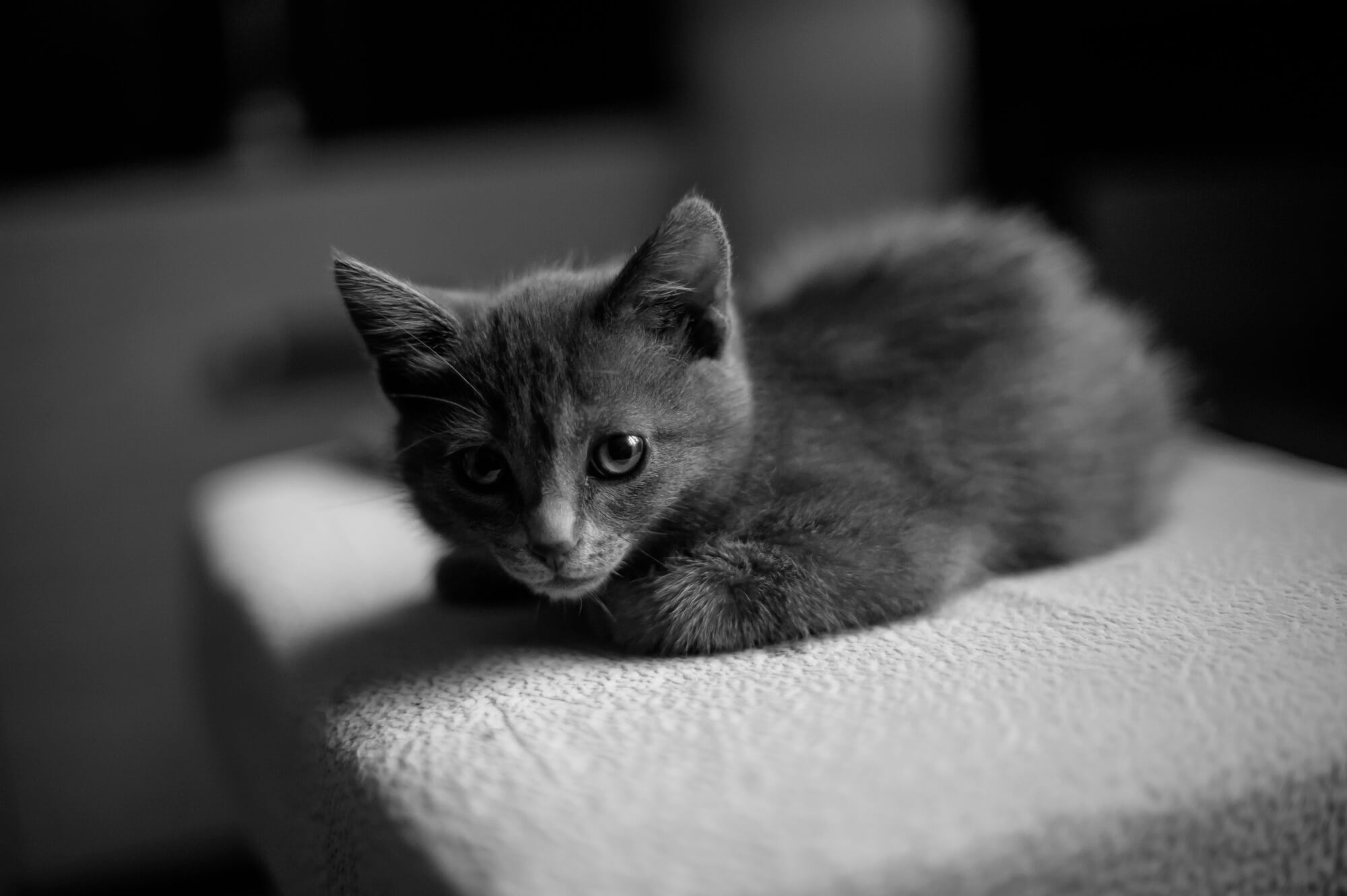With the help of the model, the process of diagnosing pain can be simplified by taking a look at the cats' faces without making any contact with them, said PhD student Marcelo Feigelstein from the Department of Information Systems at the University of Haifa, one of the authors of the study

A new development of artificial intelligence was able to diagnose pain in cats, according to a new international study involving researchers from the university, published in the prestigious journal Scientific Reports From NATURE. "Recognizing pain in cats is something that usually people are unable to detect and only veterinarians manage to do, and this is because of the evolutionary ability to hide pain that cats have developed. With the help of the model we developed, the pain diagnosis process can be simplified by taking a look at the cats' faces without making any contact with them," said PhD student Marcelo Feigelstein from the Department of Information Systems at the University of Haifa, one of the authors of the study.
Detecting pain in cats is a challenging task, even for veterinarians, because from an evolutionary point of view, a cat that shows pain will be considered a weak cat by its own kind, and therefore cats have developed the ability to hide their pain well. Among domestic cats, hiding the pain means that their owners will find it difficult to recognize when they are in pain, including in cases of chronic pain, and therefore will not take them to the vet - this is, for example, in contrast to dogs, whose owners easily recognize the pain they feel and therefore, in the end, dogs are much more treated for pain relief , compared to cats. Veterinarians also need to undergo special training to be able to detect pain in cats.
Cats before and after sterilization surgery
In the current study, research student Feigelstein, Prof. Anna Zamansky, head of the Tech4Animals laboratory, Prof. Ilan Shimshoni from the department of information systems at the university, together with a team of researchers from the University of Sao Paulo in Brazil, from Lincoln University and the University of Nottingham from England, asked to examine whether artificial intelligence would be able to detect pain in animals cats. In order to examine what a cat in pain looks like, 29 cats of the British Short Hair breed who came to undergo sterilization participated in the study. The researchers photographed their faces before the sterilization, at the stage when they are pain-free, immediately after the surgical procedure, when they still do not suffer from pain due to the painkillers and after the effect of the painkillers has worn off - a stage when they are definitely in a state of pain.
The researchers developed two AI models to detect the pain in the cats: the first, DEEP LEARNING which uses all the information in the image. The second, an analysis of 48 certain points such as the tips of the ears, the eyes and the whiskers with which they analyzed the facial expressions of the cats.
The developed models were able to identify with an accuracy level of over 70% the cats that were in pain. According to the researchers, it was found that the areas of the mouth and eyes are more significant for detecting pain in cats - however, in any case, these are very small changes that an untrained eye will not be able to notice. "Our goal is to develop an application that will allow any cat owner to take pictures of them, without touching or holding them forcefully, and reliably check if the cat is in pain. This is actually the main goal of our lab. To develop a digital DR DOLITTLE: artificial intelligence models that could read animal emotions based on their facial expressions and behavior," the researchers concluded.
More of the topic in Hayadan:
